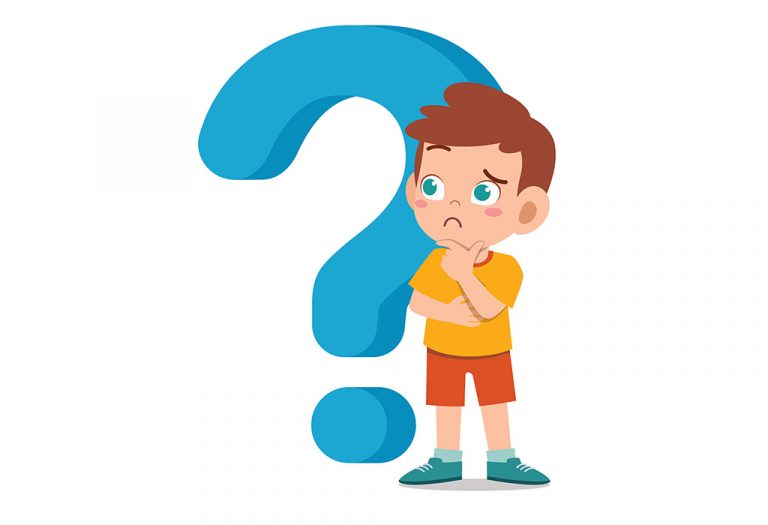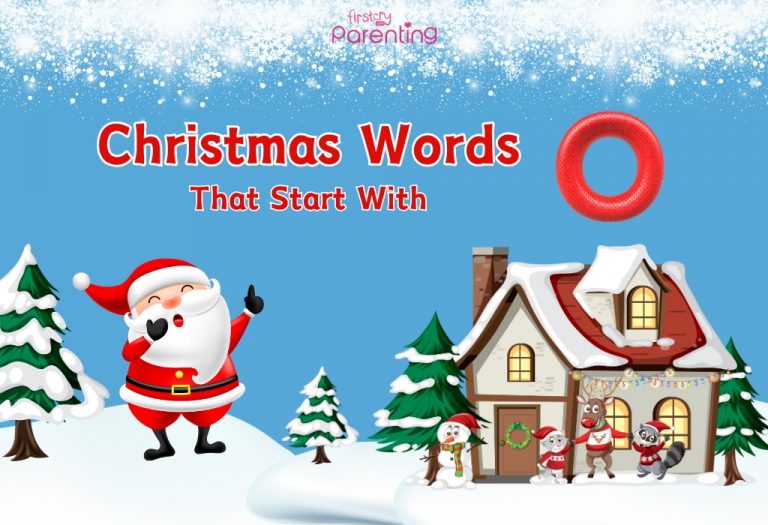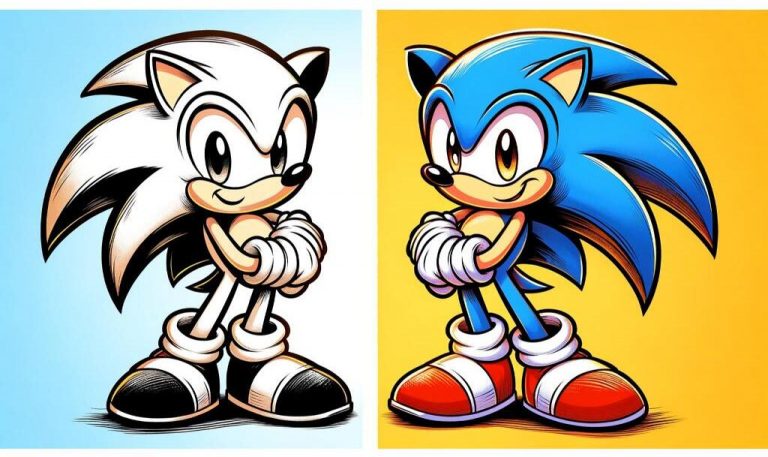Learn about Question Mark (?) – Uses, Examples and Rules for Kids
Today, we’re embarking on a fascinating journey into the world of punctuation, specifically focusing on the question mark in English for students. Imagine it as a little curved hook that captures all our curiosities and inquiries, transforming them into questions. This little symbol, often looking like a musical note lost in a sentence, is more than just a scribble; it’s the key to unlocking conversations and understanding. As we dive into the enigmatic world of the question mark symbol, remember that every great discovery starts with a question. So, let’s be curious together and explore the magic behind this tiny, yet mighty punctuation mark!
What Does Question Mark Mean?
As we continue our adventure in learning punctuations for kids, let’s pause and ponder, “What exactly does the question mark mean?” This quirky little symbol isn’t just a squiggle at the end of a sentence; it’s a key to unlocking the mysteries of queries and thoughts. A question mark (?) is a punctuation or symbol that is placed at the end of a sentence to indicate a question, confirmation, or doubt (1). Think of it as a gentle nudge, prompting answers and discussions from the world around you. So, buckle up, curious minds! We’re about to uncover the secrets of the question mark and why it’s such an essential tool in your journey through the English language.
At What Age Should Your Children Learn About Question Mark?
Greetings to all the nurturing parents and guardians out there! You might be wondering, “At what age is it ideal for my child to start learning about the question mark sign?” This tiny symbol is a big milestone in your child’s educational journey. Typically, children begin to grasp the concept of questions and the corresponding punctuation around the age of five to six years, when they start forming more complex sentences and expressing their curiosity. This is a magical time when their minds are ripe for understanding the significance of this important punctuation mark, so let’s nurture their inquisitive nature together!
Uses of Question Marks
As we delve deeper into English grammar for children, it’s time to spotlight the various uses of question marks. This isn’t just any punctuation; it’s a tool that transforms statements into inquiries, opening up a world of wonder and understanding. From asking for information to expressing doubt, the question mark is your trusty companion in the quest for knowledge. So, let’s embark on this exciting exploration of how and when to use this essential symbol in your daily communication!
Question Mark Example Sentences
Are you ready to see the question mark in action? In this section, we’ll dive into some practical question mark examples that will help you master this punctuation mark. Whether it’s in a book, during your favourite story, or while writing a letter to a friend, knowing how to properly use a question mark will make your sentences shine (2).
At the End of a Direct Question
- Why is the sky blue?– This is the classic question that sparks curiosity and wonder.
- Can I have some ice cream after dinner?– A question every child loves to ask!
- Where did I leave my favourite toy?– A common question in the world of a child, looking for their beloved possession.
At the End of the Question Tags
- You’re coming to the party, aren’t you?– A confirmation is needed, and the question mark helps ask for it.
- This is fun, right?– Seeking agreement or confirmation, the question mark turns this statement into a gentle inquiry.
- He’s your friend, isn’t he?– It’s a statement, but with a little twist at the end, seeking reassurance.
In Direct Speech
- “What time is it?” asked the little girl.- The question mark indicates the girl’s inquiry within her speech.
- “Can we go to the park?” he wondered aloud.– Even when thinking or speaking to oneself, the question mark shows we’re pondering or asking.
- “Why do we have to sleep early?” she questioned.– It highlights the direct question being asked, making the conversation clear.
Through these examples, you’ll see how the question mark isn’t just a symbol but a bridge connecting thoughts, inquiries, and conversations. Remember, every time you use a question mark, you’re inviting understanding and curiosity into your world!
What Are the Rules for Using Question Mark?
As we continue our exploration, it’s crucial to understand that with great punctuation comes great responsibility. Yes, we’re talking about the question mark punctuation rule! These rules aren’t just guidelines; they’re the secret ingredients that make your sentences clear and effective. So, let’s dive into the world of rules and discover how to use question marks like pros!
1. Direct Questions
Always use a question mark at the end of a direct question. This is the most basic and important rule. Whether it’s a big question or a small one, if you’re asking directly, a question mark is your best friend.
2. Indirect Questions
When a sentence is an indirect question, a question mark isn’t necessary. For instance, “I wonder where my shoes are” doesn’t need a question mark because it’s a statement about a question, not the question itself.
3. Question Tags
Add a question mark at the end of sentences with question tags. For example, “You’re coming to the party, aren’t you?” The tag at the end turns a statement into something that seeks confirmation, hence the question mark.
4. Series of Questions
When you have a series of brief questions in a row, you can use a question mark after each one. Like, “Are you going? Will it be fun? Can I come?” Each question is its own little inquiry deserving of a question mark.
5. Courtesy Questions
Even when asking something out of politeness, where the answer is generally known, use a question mark. “Could you pass the salt, please?” is a courtesy question, but it’s still a question.
Understanding these question mark punctuation rules will help you communicate more clearly and effectively. Remember, every time you use a question mark correctly, you’re not just following rules; you’re making your writing more powerful and expressive!
Exercises That Will Help Your Child Understand About Question Mark
Practice makes perfect, especially when it comes to mastering punctuation. To help your child understand and use the question mark confidently, we’ve prepared a series of engaging exercises. These aren’t just drills; they’re a fun way for your child to interact with language and become a punctuation pro. So, let’s jump into these exercises and turn learning into an exciting punctuation adventure!
Question 1. What punctuation mark do you use at the end of a sentence asking something?
Answer: The correct punctuation is a question mark (?).
Question 2. Where does the question mark go in the sentence: What time is dinner
Answer: The question mark goes at the end: “What time is dinner?”
Question 3. Does the sentence ‘He asked if I was okay’ need a question mark?
Answer: No, it’s an indirect question and doesn’t require a question mark.
Question 4. Convert the statement ‘You will join us for lunch’ into a question.
Answer: “Will you join us for lunch?”
Question 5. Is a question mark needed in the sentence ‘I wonder what he is doing now’?
Answer: No, it’s an indirect question and doesn’t need a question mark.
Question 6. Add a question tag to this sentence: ‘You’re coming to the party.’
Answer: “You’re coming to the party, aren’t you?”
Question 7. Identify the mistake in this question: ‘What is your favourite colour,’
Answer: The mistake is the comma; it should be a question mark: “What is your favourite colour?”
Question 8. Do you need a question mark for the sentence ‘Please could you close the door’
Answer: Yes, it’s a polite request but still a question: “Please could you close the door?”
Question 9. Form a question using the words ‘where’, ‘you’, and ‘go’.
Answer: “Where did you go?”
Question 10. Does the question ‘Can I have some water please’ need a question mark at the end?
Answer: Yes, it’s a direct question and needs a question mark: “Can I have some water, please?”
Through these exercises, your child will not only learn the rules but also apply them in various scenarios, reinforcing their understanding and mastery of using question marks. Enjoy the journey, and watch your little one grow into a confident and skilled communicator!
In conclusion, the question mark is a small symbol with a mighty role in communication, serving as a bridge between curiosity and knowledge. By understanding and practising its usage, children can enhance their writing skills and engage more effectively in the world of inquiry and dialogue. So, encourage your little ones to embrace the question mark and watch as their understanding and love for language blossom!
References/Resources:
1. The Question Mark; University of Sussex; https://www.sussex.ac.uk/informatics/punctuation/stopsandmarks/question#:~:text=A%20question%20mark%20(%3F)%20is,a%20pen%20I%20can%20borrow%3F
2. Question Mark Basics; Walden University; https://academicguides.waldenu.edu/writingcenter/punctuation/questionmarks
Also Read:
Teaching Your Toddler to Ask Simple Questions
Simple Yes or No Questions to Ask Your Kids
Icebreaker Questions For Kids
Trick Questions for Kids
Was This Article Helpful?
Parenting is a huge responsibility, for you as a caregiver, but also for us as a parenting content platform. We understand that and take our responsibility of creating credible content seriously. FirstCry Parenting articles are written and published only after extensive research using factually sound references to deliver quality content that is accurate, validated by experts, and completely reliable. To understand how we go about creating content that is credible, read our editorial policy here.






















